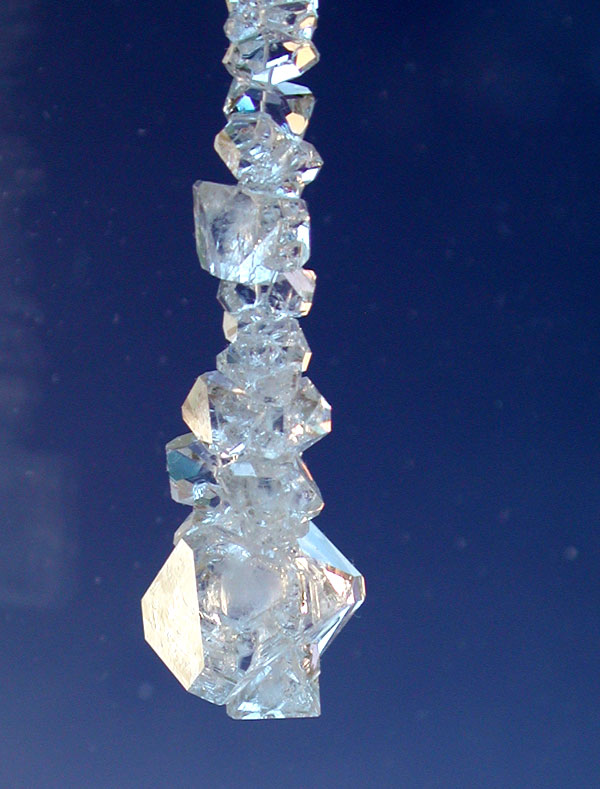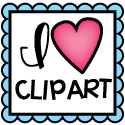This program was one I ran with year 5 and 6 students a couple of years ago and definately one my students enjoyed. At that time however I tried to have some success with Epsom and salt crystal growth, but we just couldn't get the crystals to grow and in fact we couldn't even grow salt crystal seeds despite trying various methods - no joy.
The greatest success we have had are with Alum and Copper Sulfate which are truly beautiful crystals and very easy for students to grow.
As you can image the students all wanted to have the opportunity to grow Copper Sulfate crystals. Copper sulfate is available in the gardening section of hardware stores. In Australia, it is available in Bunnings relatively inexpensively.
The Amazing Crystals introduces students to crystals, where and how they grow and provides some really nice pictures of examples. It is always nice however to have the real thing to hold and you will often find students have collected some crystals at home that they may be willing to bring in. In Australia we have a Scientists in Schools program which provides the opportunity for different specialists to come and share their expertise in your classroom. I invited a geologist to come and provide a detail of knowledge well beyond my capabilities. The students really enjoyed his coompany and the amazing resources he was able to access.
In the unit, I outline how crystals form on a molecular level and provide opportunities for students to comprehend the information using drama. There is a procedural outline for growing crystal seeds (the base of growing a good healthy sized crystal) and then for applying this knowledge to grow a variety of crystals.
Students are then given the opportunity to create their own investigation into growing crystals. To reinforce knowledge I have made some posters to use and to aid in assessment there is a suggested assessment for each of the 9 activities described in the unit.
I feel that this is a comprehensive unit and I really hope others enjoy teaching this unit as much as I did.
The crystals make a great science fair project also.
The unit available in a few of my stores including Teachers Pay Teachers and Teacher's Notebook. More stores to come and the Australian version is also close to completion.
http://www.teachersnotebook.com/product/Jennidb/amazing-crystals-a-year-6-investigation




.jpg)
.jpg)















